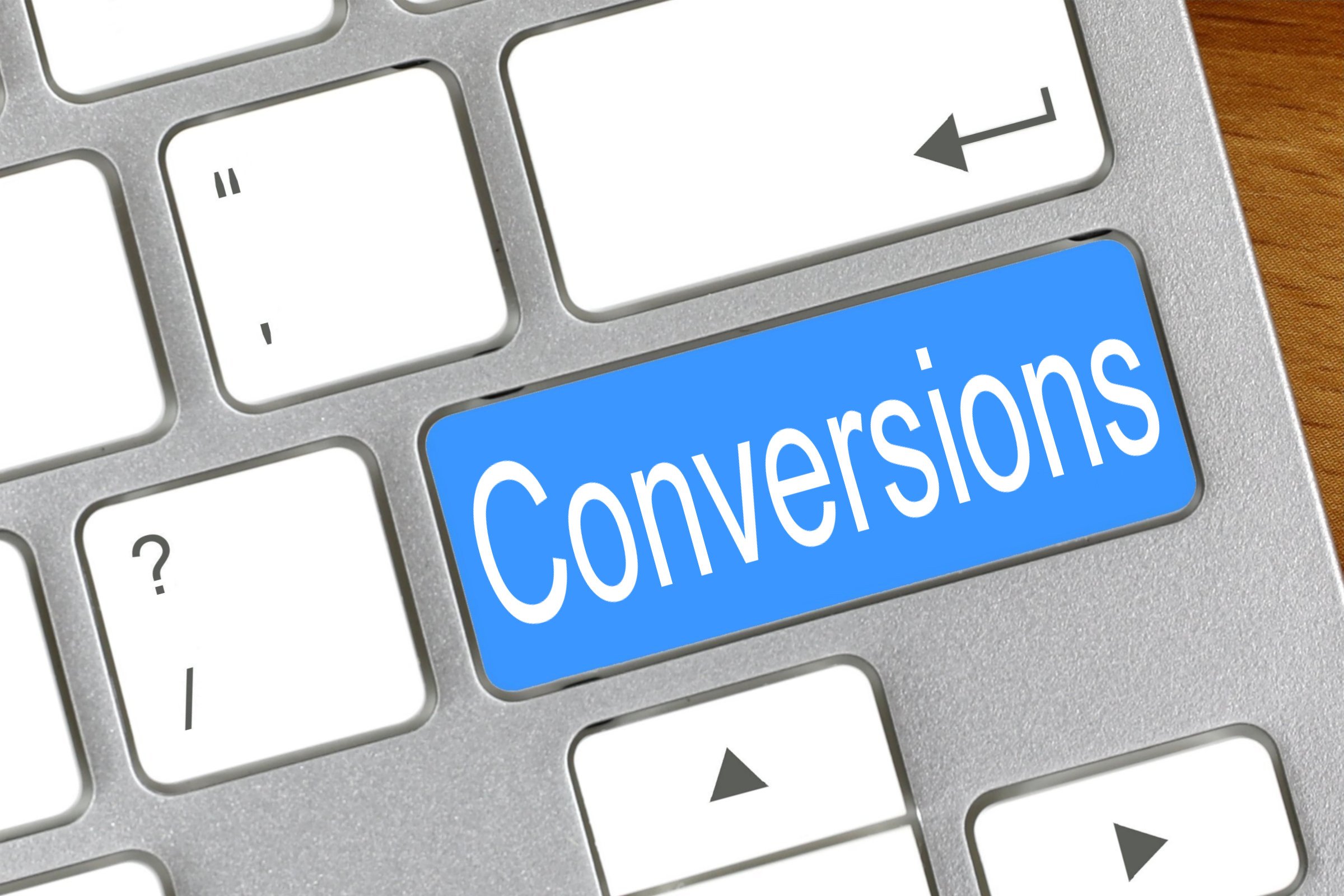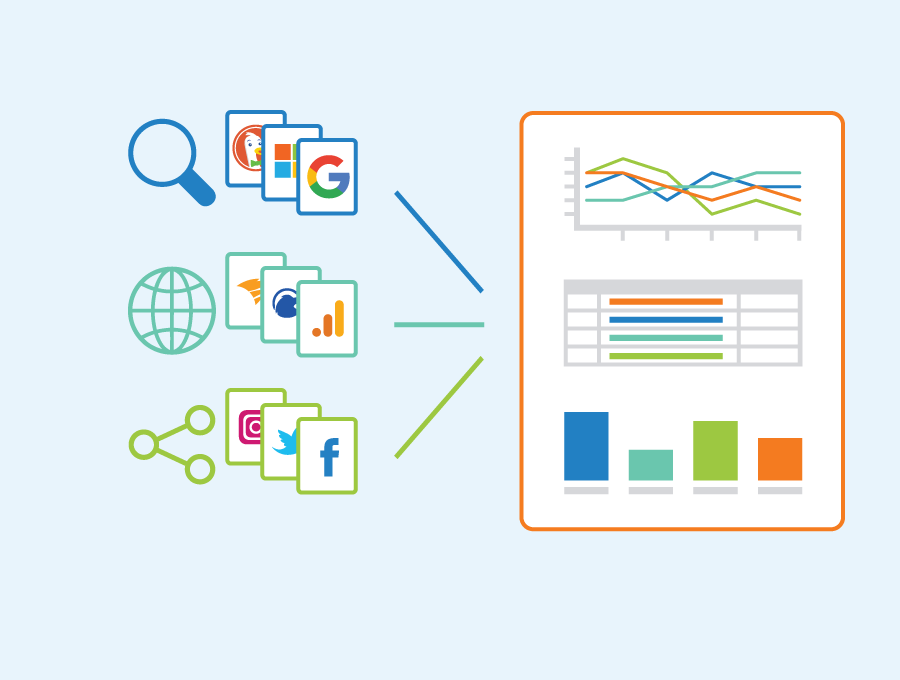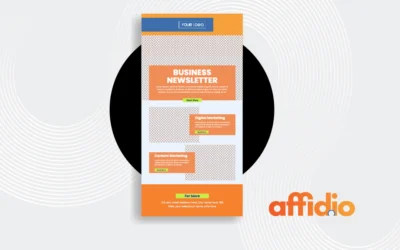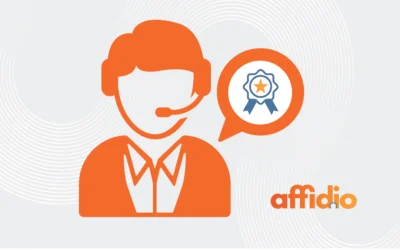Consent-based marketing—that’s the strategy for digital marketers who want their customers to feel respected and valued. It’s about building a loyal following, one permission at a time. Before sending promotional emails, we make sure to get your approval first. People are worried about their privacy. Smart companies use consent-based marketing to show they care and still reach the right customers.
Consent-based marketing is more than just following rules. Businesses and consumers connect more easily. This builds trust. Letting customers choose their marketing messages builds trust online. Customer preferences clearly matter to these companies.
The idea of consent-based marketing isn’t new. Marketing expert Seth Godin introduced “permission marketing” in 1999. Modern marketing needs this approach; recent tech and changing customer expectations make it vital.
Ready to begin? Here’s the plan.
- Understanding Consent-Based Marketing
- The Benefits of Consent-Based Marketing
- Implementing Consent-Based Marketing Strategies
- Challenges and Considerations
- The Future of Consent-Based Marketing
- Case Study: Apple’s App Tracking Transparency
- Frequently Asked Questions (FAQ)
- What is consent-based marketing?
- How does consent-based marketing differ from permission marketing?
- Documenting consent? Marketing success depends on this.
- Businesses need to get customer consent—how can they do it right?
- What should be included in a company’s privacy policy regarding consent?
- What exactly makes written consent “express”?
- Think about it: Would you rather receive unwanted emails, or only those you’ve agreed to? Consent-based marketing focuses on the latter, creating a much more positive customer journey. Customers enjoy the experience much more.
- How important is customer information when you’re marketing something?
- What is the difference between first-party data and other types of data?
- How does cost-per-lead marketing work, and what are the implications for consent?
- Businesses should avoid randomly contacting people; it’s just bad marketing.
- Conclusion
Understanding Consent-Based Marketing
Consent-based marketing means only contacting consumers who have given their explicit permission to receive marketing communications. It’s unlike traditional interruption marketing; that’s all about sending out unsolicited ads to people. User privacy is key. Relationships are easier to build using this technique. Those results are impressive; no doubt about it. You’ll see. Think of how much closer you’ll feel to your friends and family.
Consent-based marketing has a few key parts:
- Explicit opt-in: Consumers actively choose to receive marketing messages, often through a sign-up form or by checking a box during a transaction.
- Clear communication: Businesses must clearly explain what type of content consumers will receive and how often.
- Easy opt-out: Consumers should be able to easily unsubscribe or change their preferences at any time. Honoring people’s choices? Trust and respect: that’s the key to a strong relationship. It’s really that simple. This is important because… (continue with example relevant to the blog post)
- Personalization: With consent, you can gather detailed information about consumer preferences. This lets you aim your marketing right where it’ll do the most good.
There are many benefits to asking before you market. Happy customers are more likely to buy, and you’ll avoid legal trouble. Trust? Everything starts here. Without it, nothing works.
Building your marketing around consent? Now that’s what I call smart. It really pays off in the end; you’ll see.
Improved Engagement and Conversion Rates
When consumers choose to get marketing messages, they’re more likely to engage with the content. This leads to higher conversion rates. Marketing pays off more.
Boost your brand’s image.
Customers appreciate businesses that value their privacy and preferences; this builds trust and a positive image. A good reputation follows. Ethical marketing? Their focus is completely on this. It’s all-consuming. Stronger brands are built using these marketing approaches; customers trust and stay loyal.
Compliance with Data Protection Regulations
Consent-based marketing helps businesses follow data protection laws. Examples include the General Data Protection Regulation (GDPR) and the California Consumer Privacy Act (CCPA). According to the United Nations Conference on Trade and Development, 71% of countries have data protection and privacy legislation.
Better Data Quality
When consumers willingly give their information, the data is usually more accurate. This better data quality leads to more effective marketing campaigns. Accurate data is a must; it really affects how well your business does. Without it, you’re flying blind.
Implementing Consent-Based Marketing Strategies
To use consent-based marketing well, focus on these key areas:
Transparent Communication
Clearly tell consumers what they’re signing up for and how their data will be used. The Cisco 2023 Data Privacy Benchmark Study showed that 39% of respondents valued clear info on data use. Customers trust you more when things are clear.
Value Proposition
Offer good reasons for consumers to opt-in to your marketing. We’ve got some exciting stuff planned: early access to new releases, special deals you won’t find anywhere else, and content only members can see. The product must offer real value to the consumer; otherwise, sales will suffer.
User-Friendly Consent Management
Make it easy for consumers to manage their preferences and opt-out if they choose. Create a preference center where users can update their settings. Getting consent for your social media and website is a crucial step; plan this out carefully.
Personalization
Use the data you collect with consent to create personalized marketing messages. Success grows from participation. The more people involved, the better the results. More people are involved, and more sales are made. Send messages to interested consumers.
Challenges and Considerations
Consent-based marketing has many benefits, but also some challenges:
Smaller Audience Size
Businesses might see a smaller marketing reach at first. However, the quality of engagement often increases, making up for the smaller size. Businesses looking for a huge advantage will consider all marketing channels.
Data Management
Managing consent and user preferences needs strong systems. Smart businesses use the best tools available. Having the right documented prior express written consent will govern contacting consumers.
Keeping your information safe while giving you a personalized experience is a tough balancing act.
A personalized experience improves things for the user, however, you need to find that sweet spot. Too much personalization can feel intrusive. You also have to balance obtaining the user’s phone number, email address, and other personal data.
The Future of Consent-Based Marketing
Consent-based marketing will likely become even more important. The Deloitte 2023 survey notes a rise in users feeling tracked. More and more, we’re seeing that data privacy is a serious issue; it’s something that’s causing a lot of anxiety.
Consent-based marketing? Technology’s influence is really big. Google Analytics 4 (GA4) has a feature to send first-party data to GA4. This respects user privacy.
Here’s a real-world case. Apple’s App Tracking Transparency
A key example of consent-based marketing is Apple’s App Tracking Transparency in iOS 14.5. Apps must get user permission before tracking data across other apps or websites. Always follow privacy regulations.
Consumers could see their privacy choices thanks to this feature. Many consumers opt out of tracking. Marketers now have to get permission.
Here is a simple table to explain the impact of consent-based marketing:
| Aspect | Traditional Marketing | Consent-Based Marketing |
|---|---|---|
| User Permission | Often unsolicited | Explicitly obtained |
| Engagement | Lower | Higher |
| Data Quality | Variable | More accurate |
| Brand Reputation | May be seen as intrusive | Seen as trustworthy |
| Compliance | May struggle with regulations | Helps meet regulations like GDPR & CCPA |
Frequently Asked Questions (FAQ)
What is consent-based marketing?
Consent-based marketing? It’s all about getting a “yes” from people before you send them marketing stuff. Only those who’ve signed up receive our marketing emails. Consumers feel respected and trust the brand; it’s a win-win.
How does consent-based marketing differ from permission marketing?
Consent-based marketing and permission marketing are very similar and often used interchangeably. Consent-based marketing emphasizes the explicit consent required by data protection laws. Permission marketing, a term coined by Seth Godin, is the broader concept.
Proper marketing relies on clear, documented consent from your customers. This protects both you and them. It’s like a safety net, legally and ethically.
Documenting consent is important because it provides a clear record that an individual has agreed to receive marketing communications. Following data protection rules is really important. Customers appreciate having control over their information. Getting their written consent demonstrates this and minimizes your risk of legal action. Safeguarding your company and creating strong bonds are equally important. This easy method does both.
Successfully getting customer approval: What are the effective strategies businesses should use?
Getting permission is easy! Use signup forms, emails, or social media to get clear, upfront agreement from your customers. Ensure that the process is user-friendly and the language is easy to understand. Providing valuable incentives, like exclusive content or special offers, can encourage consumers to grant consent willingly.
What should be included in a company’s privacy policy regarding consent?
A company’s privacy policy should clearly outline how consent is obtained, the types of data collected, and how that data will be used for marketing purposes. It should also detail the consumer’s right to withdraw consent at any time. Be sure to describe the steps for opting out.
Does “express written consent” have a specific definition?
Yes, express written consent typically involves a clear and affirmative action from the consumer. They are indicating their agreement to receive marketing communications. To identify prospects, obtain proper opt-in lead consent. This can be in the form of a signed form, an email, or checking a box on a website.
Customers feel valued when businesses ask before sending marketing messages. This approach—consent-based marketing—leads to better relationships and a more positive experience overall.
Customers love getting marketing emails they’re actually interested in. This is why consent-based marketing is so effective; it’s all about giving people what they want. For example, if someone signs up for your email list because they want to know about new product releases, they’ll be thrilled to receive updates about those releases. But, if they’re bombarded with irrelevant sales pitches for things they have no interest in, they’re more likely to unsubscribe. People are happier and more involved when things are personalized. The consumers feel more in control of their interactions with the brand.
How important is customer information when you’re marketing to people who have given you permission?
Personalizing marketing messages? Customer data is the key. Companies can now make deals people really want. Accurate and willingly provided data leads to more effective and targeted campaigns. Send regular promotions to keep your audience hooked.
What is the difference between first-party data and other types of data?
First-party data is information that a company collects directly from its customers with their consent. Information is gathered from your website interactions; we also collect data from your email signups. Other types of data, like second-party and third-party data, are collected by other organizations.
How does cost-per-lead marketing work, and what are the implications for consent?
In cost-per-lead (CPL) marketing, businesses pay marketing partners for each lead generated. You only pay for leads that meet your qualifying criteria. With ActiveCampaign, partners won’t charge marketers for leads that don’t meet specified criteria. These typically involve checking for consent to enhance lead data, or utilize their own data services to gain documented prior express written consent to contact consumers on your behalf.
Unsolicited marketing? Major screw-up. Businesses should avoid it.
Businesses should avoid unsolicited outreach because it can damage their brand reputation. A lot of people think it’s irritating and too pushy. Make sure to respect privacy. People won’t interact much, and sales will be low.
We’ve reached the end. It’s time— onward!

Marketing’s changed; businesses now focus on getting permission first. Prioritizing customer privacy? Trust is important; loyal customers are the best. Modern businesses will find this method’s upsides outweigh its difficulties; think increased efficiency and profitability. Consent is the whole marketing key.
As we move to a privacy-conscious world, consent-based marketing will become the standard. Businesses using this approach now will do well in the digital world. Trust is the key; lasting friendships will grow from it.



